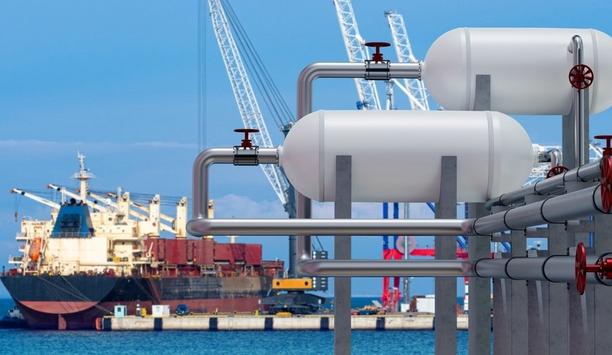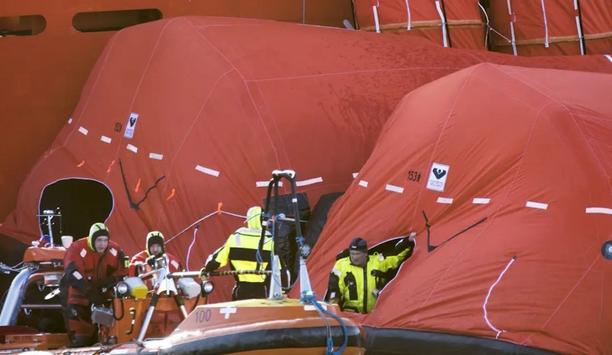Middle East ceasefire and Lunar New Year will see ocean container freight rates fall further in February - with carriers now taking action to slow the market decline.
Latest data from Xeneta – the ocean and air freight intelligence platform – shows average spot rates from the Far East stand at USD 3 795 per FEU (40ft container) into North Europe and USD 5 085 per FEU into the Mediterranean – down 22% and 13% respectively since 1 January.
Falling spot rates
Early data suggests spot rates will fall further on 1 February, down 5-10% on both trades. From the Far East to the US East Coast, average spot rates decreased by 7% during January to stand at USD 6,417 per FEU. On the US West Coast, spot rates are USD 5 021 per FEU, down 14% in the same period.
Spot rates on both US-bound trades flattened in the second half of January following a sharp early-month decline. Heading into February, spot rates could fall further, particularly into the US West Coast, while the US East Coast holds a little firmer.
Exports slowdown
Peter Sand, Xeneta Chief Analyst, said, “Ceasefire in the Middle East does not suddenly mean there is now safe passage through the Red Sea for all container ships – but it is enough to cause a change in market sentiment and this has a real impact on freight rates."
“We must factor Lunar New Year celebrations in the Far East, which traditionally sees a slowdown in containerised exports at this time of year, but there is little doubt the evolving situation in the Red Sea is contributing to falling freight rates.”
Capacity management
Ocean container carriers are taking action to slow the market decline through capacity management
Ocean container carriers are taking action to slow the market decline through capacity management. On the trade from the Far East to the Mediterranean, blanked sailings will steadily increase to reach 38 900 TEU (20ft equivalent container) of shipping capacity in the week commencing 24 February.
This is an increase of 318% from current levels. From the Far East to North Europe, blanked sailings will reach 75,700 TEU of shipping capacity by 24 February – an increase of 449%.
Impact with ceasefire
Sand said, “Carriers will not sit on their hands while freight rates collapse. They will do everything they can to keep rates elevated and have got much smarter at capacity management in recent years.”
Phase 1 of the ceasefire between Israel and Hamas commenced on 19 January and is expected to last 42 days before entering Phase 2, which could see a permanent ceasefire agreed.
Importance of freight rates in February
Sand said, “February may be crucial in understanding how ocean container freight rates will develop in 2025. The ceasefire in the Middle East is set to enter Phase 2 and we will see exports increase from the Far East in the first half of the month following the Lunar New Year."
“Despite the decline in January, we must remember that average spot rates are still massively elevated on the Far East front hauls to Europe and the US compared to pre-Red Sea crisis, so they potentially have a long way to go."
Change in ocean container shipping
“Carriers are going to find it extremely difficult to keep rates elevated, especially given the record number of ships entering service, so we could see markets collapse if there is a large return to the Red Sea."
“The situation is far from certain and we know how suddenly and dramatically the outlook can change in ocean container shipping. There is still a long way to go before a lasting peace deal is agreed in the Middle East and other geopolitical factors, such as Trump’s tariff proposals, could come into play and put upward pressure on freight rates.”











